As white as snow and not snow;
green as grass and not grass;
red as blood and not blood;
and black as ink and not ink?
The answer to this old riddle is, of course, the humble blackberry. Its white summer blossoms inviting the bees to draw on its honey nectars; pollination resulting in the emerging green fruit head. The summer heat brings on the hard red fruit before it finally swells to form a bursting knot of pure black blackberry. Heaney captures the opulence of this wild seasonal fruit calling its flesh “sweet as thickened wine, summer’s blood”. At this time of the year the hedgerows of Ireland were once clustered with brigades of young boys and girls scouring the thorny brambles for the black globes of promise.
Late August and early September was “Blacka Season” and all manner of vessels for collection were called into action. Plastic mixing bowls, biscuit tins, cooking pots, enamel buckets and the old-fashioned gallon cans were carried underarm to the favourite spots: the corners of fields or an old overgrown laneway, thick with blackberry briars. Picking blackberries was a competitive affair and once you found a productive concentration, you had to pick like billy-o, lest your brother or pal came and robbed from your source. It was often the case that half the day was spent running from bush to bush in the hope of finding a spot replete with juicy blackberries. The best, fullest, ripest berry was always the one at the very end of the briar and this was inevitably too tempting to resist and was eaten on the spot.
The process of filling one’s tin was slow at first, given the amount that was eaten, but eventually the bottom of the tin was covered with one layer of berries and one’s pride in gathering as large a quantity as possible became the driving force. The momentum doubled when you carefully and proudly decanted your fill into the larger communal bucket, lined with soft, freshly picked ferns to cushion the delicate fruit.
The art of picking
There is an art to everything, and blackberry picking is no exception. There is no point picking the ripe berries as these will only turn to mush under the weight of the others. Green berries were known in some areas as cruibín cait “the cat’s paws” and should never be picked. Equally, the tannins of the as-yet-unripe, hard red berries will make any jams or jellies bitter. You must keep an eye out for any berries wriggling with small worms. These are the larvae of the fruit fly, who lays her eggs in the berries, while the presence of a small, green, tortoise-like beetle, shaped like a saucer, called the fo-chupán also results in the berries having a deep bitter taste.
A day spent blackberry picking inevitably ends with small thorns embedded in your thumb and forefinger, long bloodied scars on your arms and ankles and items of clothing with ripped threads and worse.
The ringforts or “fairy forts” often boasted great clusters of blackberries, but such locations were off-limits because of fairy interference. There is the story of the mother who left her baby down while picking blackberries in the fairy fort and the fairies took her baby, replacing it with a fairy changeling. Equally, regardless of the proliferation of berries at graveyards and famine graves, they were never picked.
The blackberry briar has razor-sharp, ripping thorns, and it is in the act of stretching for the out-of-reach blackberry or jumping up to pull down a berry-laden briar, when the damage is done. A day spent blackberry picking inevitably ends with small thorns embedded in your thumb and forefinger, long bloodied scars on your arms and ankles and items of clothing with ripped threads and worse. There was an old custom that the first blackberry was rubbed on the nails to stop them getting sore for the rest of the year. In any case, your fingers were dyed a deep purple colour and remained so for a good few days after. When the bucket was full, the hard-won treasure of glistening black fruit was carried home with pride and high hopes of tempting confections.
Sweet treats
Despite the excitement of the harvest, many a hard-won forage of blackberries left for a day or two, was quickly spoiled by a marauding, fluffy, penicillin mould fungus, endemic in the fruit. This was accelerated if it had been raining and the berries were wet and so it was best to start jam-making as soon as possible. The berries were put into a big pot, crushed a little with the wooden spoon to abstract the juices and boiled in sugar for a few hours. The dark purple jam never lasted long as it used to be eaten morning, noon and night as a highly relished sweet treat. It flavoured brown bread, scones, porridge, and rice puddings. The blackberries, along with apples, were also a seasonal favourite in the sweet cake baked in the bastible.
Other times the blackberries were boiled and placed into a flour bag or pillowcase and strung up overnight, allowing the dark juice to drip into a dish placed underneath. In the morning the clear blackberry juice was boiled with sugar to make blackberry jelly. Blackberry wine was also very popular, its preparation not unlike that for the jelly but using less sugar. It was drunk immediately as a refreshing drink but also put into bottles and tightly corked while fermentation took place. The longer left in the bottle, the better the wine, but the process was complicated by the corks constantly bursting open and in time, there grew a great demand for bottles with metal screw tops.
Ink and dye
Blackberries were not just collected for eating. Along with a goose quill, their purple juice was used as the writing ink of the hedge schools of the 18th and 19th centuries. Equally, various combinations of salt, furze flowers, lichen and “black copperas” (iron sulphate) were mixed with the blackberry juice to produce dark purple, maroon, and wine dyes for clothes. In the war years, blackberries were pounded into a pulp and used to polish shoes.
Whatever you wish to do with them, it would be a shame to leave these glossy, full, knots of summer’s liquor rot upon the briars. Why not grab the mixing bowl, muster up a “glam” of pickers, and let blackberries, their picking and some jam-making reawaken this almost forgotten joy?
Shane Lehane is a folklorist who
works in UCC and Cork College of FET, Tramore Road Campus. Contact: shane.lehane@csn.ie
Read more
Folklore: the timeless long ago
Folklore with Shane Lehane: the bog in May
As white as snow and not snow;
green as grass and not grass;
red as blood and not blood;
and black as ink and not ink?
The answer to this old riddle is, of course, the humble blackberry. Its white summer blossoms inviting the bees to draw on its honey nectars; pollination resulting in the emerging green fruit head. The summer heat brings on the hard red fruit before it finally swells to form a bursting knot of pure black blackberry. Heaney captures the opulence of this wild seasonal fruit calling its flesh “sweet as thickened wine, summer’s blood”. At this time of the year the hedgerows of Ireland were once clustered with brigades of young boys and girls scouring the thorny brambles for the black globes of promise.
Late August and early September was “Blacka Season” and all manner of vessels for collection were called into action. Plastic mixing bowls, biscuit tins, cooking pots, enamel buckets and the old-fashioned gallon cans were carried underarm to the favourite spots: the corners of fields or an old overgrown laneway, thick with blackberry briars. Picking blackberries was a competitive affair and once you found a productive concentration, you had to pick like billy-o, lest your brother or pal came and robbed from your source. It was often the case that half the day was spent running from bush to bush in the hope of finding a spot replete with juicy blackberries. The best, fullest, ripest berry was always the one at the very end of the briar and this was inevitably too tempting to resist and was eaten on the spot.
The process of filling one’s tin was slow at first, given the amount that was eaten, but eventually the bottom of the tin was covered with one layer of berries and one’s pride in gathering as large a quantity as possible became the driving force. The momentum doubled when you carefully and proudly decanted your fill into the larger communal bucket, lined with soft, freshly picked ferns to cushion the delicate fruit.
The art of picking
There is an art to everything, and blackberry picking is no exception. There is no point picking the ripe berries as these will only turn to mush under the weight of the others. Green berries were known in some areas as cruibín cait “the cat’s paws” and should never be picked. Equally, the tannins of the as-yet-unripe, hard red berries will make any jams or jellies bitter. You must keep an eye out for any berries wriggling with small worms. These are the larvae of the fruit fly, who lays her eggs in the berries, while the presence of a small, green, tortoise-like beetle, shaped like a saucer, called the fo-chupán also results in the berries having a deep bitter taste.
A day spent blackberry picking inevitably ends with small thorns embedded in your thumb and forefinger, long bloodied scars on your arms and ankles and items of clothing with ripped threads and worse.
The ringforts or “fairy forts” often boasted great clusters of blackberries, but such locations were off-limits because of fairy interference. There is the story of the mother who left her baby down while picking blackberries in the fairy fort and the fairies took her baby, replacing it with a fairy changeling. Equally, regardless of the proliferation of berries at graveyards and famine graves, they were never picked.
The blackberry briar has razor-sharp, ripping thorns, and it is in the act of stretching for the out-of-reach blackberry or jumping up to pull down a berry-laden briar, when the damage is done. A day spent blackberry picking inevitably ends with small thorns embedded in your thumb and forefinger, long bloodied scars on your arms and ankles and items of clothing with ripped threads and worse. There was an old custom that the first blackberry was rubbed on the nails to stop them getting sore for the rest of the year. In any case, your fingers were dyed a deep purple colour and remained so for a good few days after. When the bucket was full, the hard-won treasure of glistening black fruit was carried home with pride and high hopes of tempting confections.
Sweet treats
Despite the excitement of the harvest, many a hard-won forage of blackberries left for a day or two, was quickly spoiled by a marauding, fluffy, penicillin mould fungus, endemic in the fruit. This was accelerated if it had been raining and the berries were wet and so it was best to start jam-making as soon as possible. The berries were put into a big pot, crushed a little with the wooden spoon to abstract the juices and boiled in sugar for a few hours. The dark purple jam never lasted long as it used to be eaten morning, noon and night as a highly relished sweet treat. It flavoured brown bread, scones, porridge, and rice puddings. The blackberries, along with apples, were also a seasonal favourite in the sweet cake baked in the bastible.
Other times the blackberries were boiled and placed into a flour bag or pillowcase and strung up overnight, allowing the dark juice to drip into a dish placed underneath. In the morning the clear blackberry juice was boiled with sugar to make blackberry jelly. Blackberry wine was also very popular, its preparation not unlike that for the jelly but using less sugar. It was drunk immediately as a refreshing drink but also put into bottles and tightly corked while fermentation took place. The longer left in the bottle, the better the wine, but the process was complicated by the corks constantly bursting open and in time, there grew a great demand for bottles with metal screw tops.
Ink and dye
Blackberries were not just collected for eating. Along with a goose quill, their purple juice was used as the writing ink of the hedge schools of the 18th and 19th centuries. Equally, various combinations of salt, furze flowers, lichen and “black copperas” (iron sulphate) were mixed with the blackberry juice to produce dark purple, maroon, and wine dyes for clothes. In the war years, blackberries were pounded into a pulp and used to polish shoes.
Whatever you wish to do with them, it would be a shame to leave these glossy, full, knots of summer’s liquor rot upon the briars. Why not grab the mixing bowl, muster up a “glam” of pickers, and let blackberries, their picking and some jam-making reawaken this almost forgotten joy?
Shane Lehane is a folklorist who
works in UCC and Cork College of FET, Tramore Road Campus. Contact: shane.lehane@csn.ie
Read more
Folklore: the timeless long ago
Folklore with Shane Lehane: the bog in May




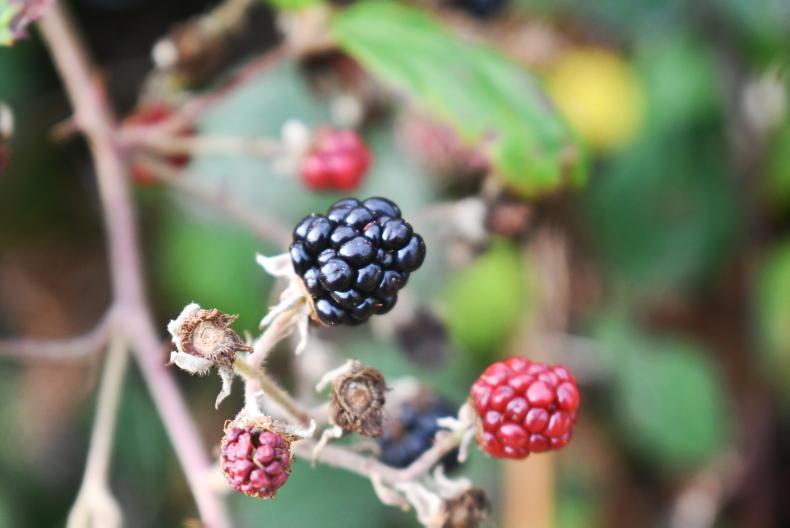
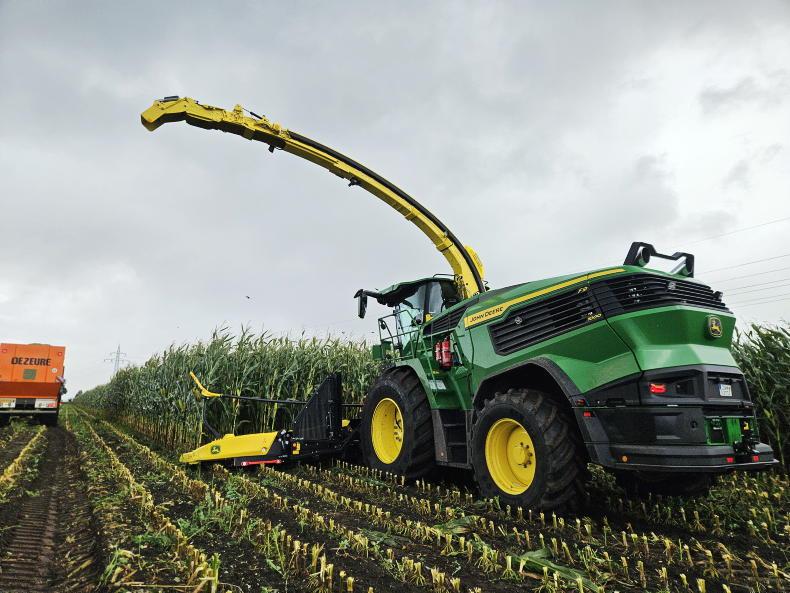

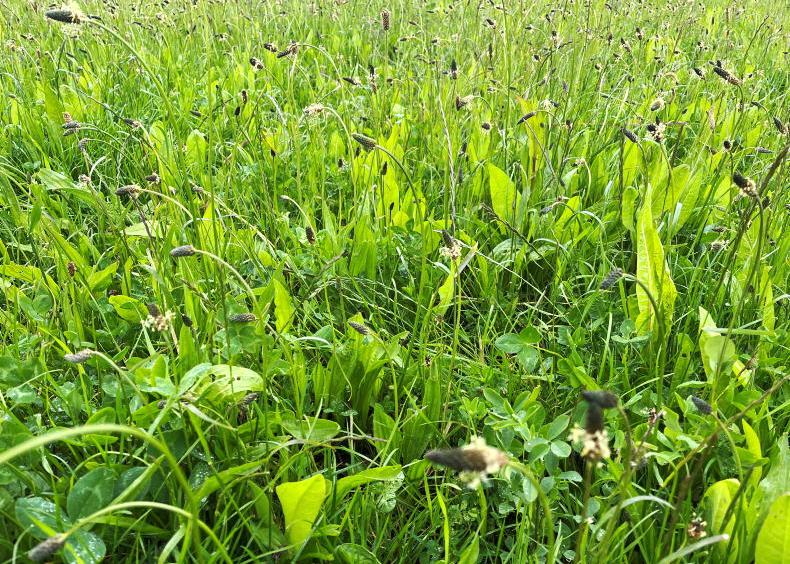
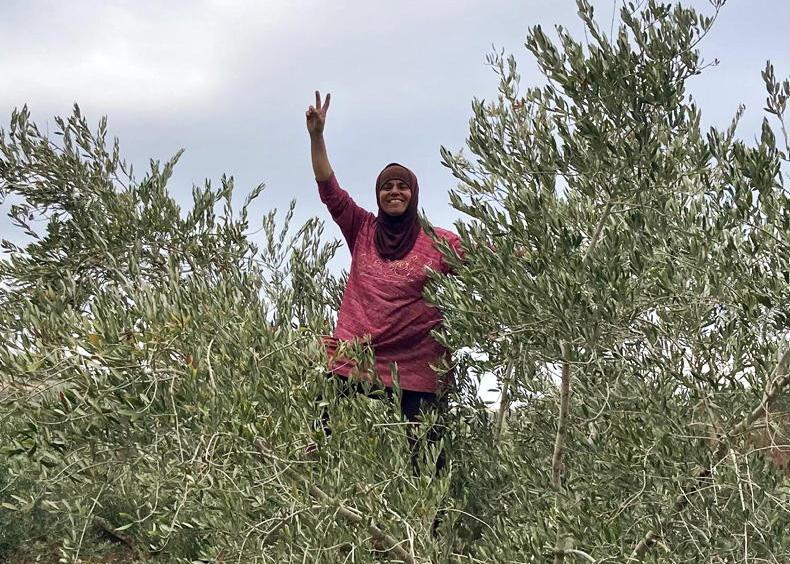
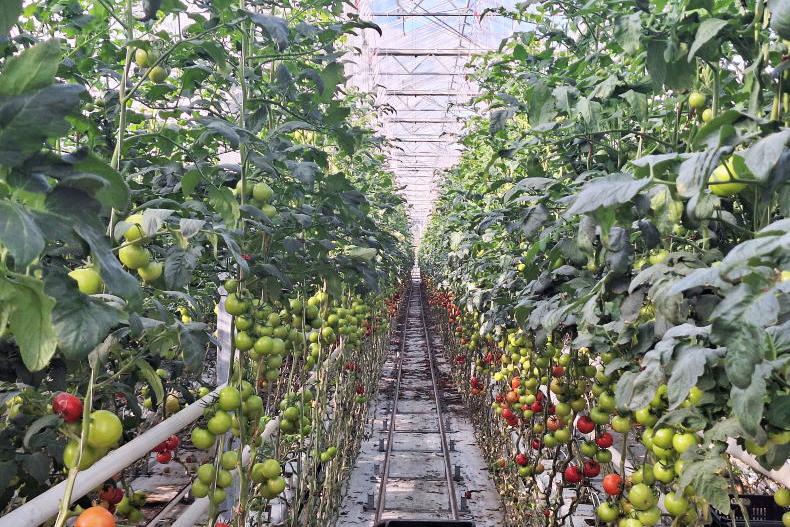
SHARING OPTIONS